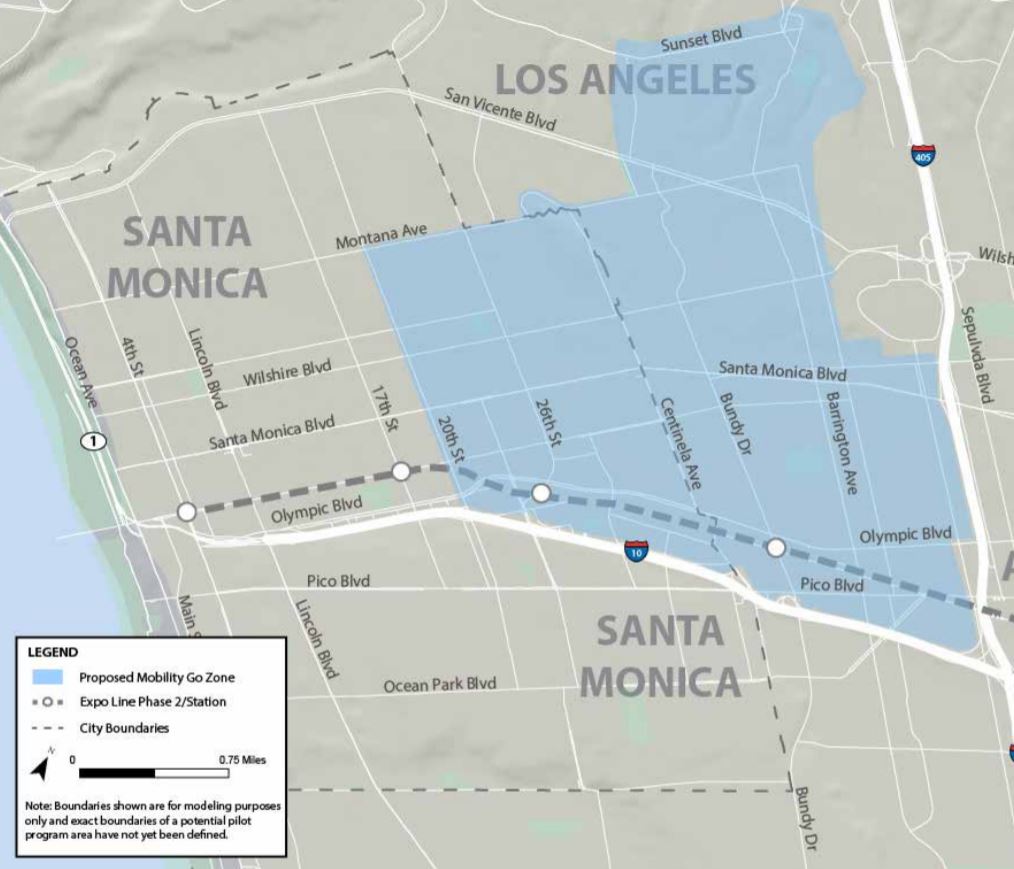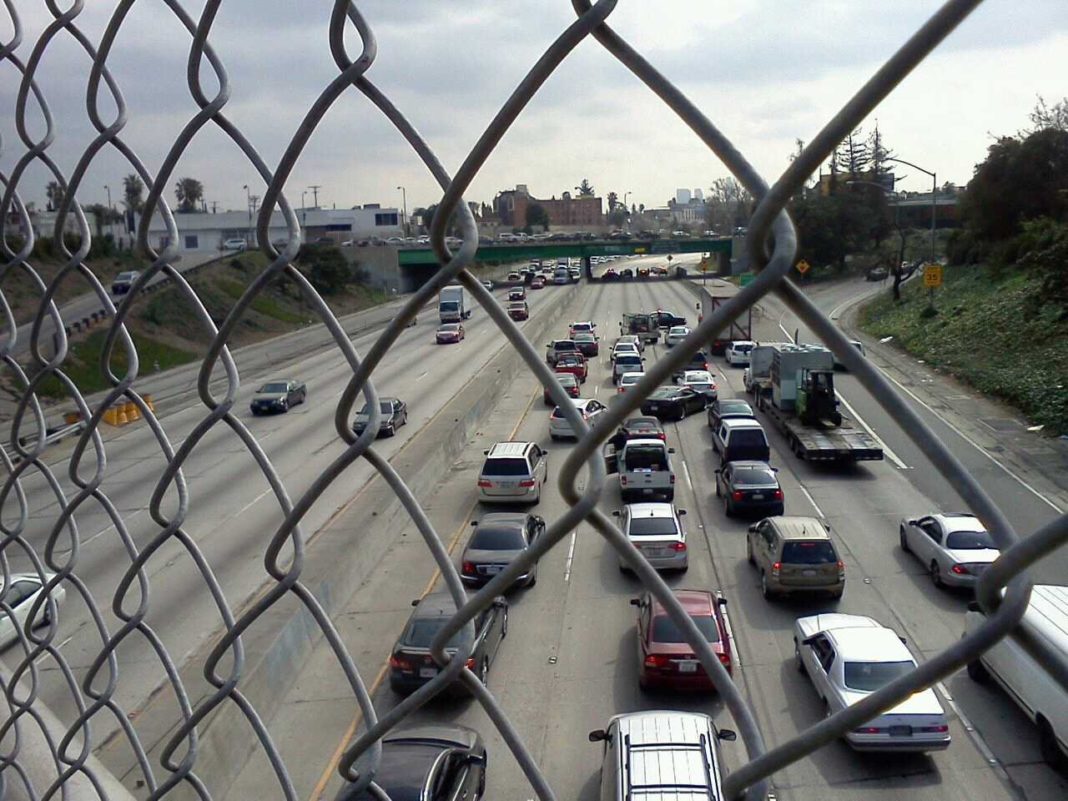SANTA MONICA—A $4 fee may be added when entering parts of Santa Monica and the westside region of areas in the city of Los Angeles.
In an attempt to relieve local congestion problems, a study released Thursday, March 28 by the Southern California Association of Governments proposed The Mobility Go Zone Program that will add a decongestion fee when entering several areas with the highest levels of traffic congestion in Los Angeles County.
The areas considered include the Westside region located in the cities of Los Angeles and Santa Monica, west of the 405 Freeway and north of the 10 Freeway.

Discounts on the decongestion fee are anticipated for residents of the Mobility Go Zones and low-income travelers. They would pay an average of $3.29 per vehicle during peak traffic periods between the hours of 6 a.m. and 9 a.m. and 3 p.m. and 7 p.m. Drivers would be be charged only once per peak period with multiple crossings allowed.
Decongestion fee revenues are estimated to generate an annual average of $69.2 million in net revenue over the first 16 years after factoring in capital and operating costs of $326 million. Revenues are estimated to earn approximately $86.5 million in 2020 and $135.2 million in 2035.
The program suggests revenues could pay for improvements in active and local transit and could contribute to congestion reduction by minimizing vehicles entering the Mobility Go Zones during peak periods by 19 percent and would increases the use of transit and active transportation by 7 to 9 percent.
The tolls would be put at Fastrak transponders already placed across California and license plate readers could be installed to identify and bill drivers without transponders according to the study.
“My inability to leave Santa Monica at the end of the day from congestion is what got me on a bike 11 years ago. It’s dysfunctional as it is,” said Film maker Sean Meredith on Twitter.
“LA’s traffic satus quo is completely untenable. It’s awesome to see this type of policy pilot to reduce traffic and raise revenue to support driving alternatives,” said climate attorney Jake Levine via Twitter.
“A $4 Fee to drive into Santa Monica during peak hours?! Um no thanks,” said social analyst Michel’le Roddy on Twitter. “I know it’s just a study but Santa Monica really trying to nickle and dime people.”
Transportation network companies such as Uber and Lyft could be subject to a different pricing structure. The study suggest charging them an hourly rate instead of a per-trip charge.
The Mobility Go Zone & Pricing Feasibility Study was funded through the Federal Highway Administration’s Value Pricing Pilot Program grant to study the technical feasibility and impact of congestion pricing strategies






